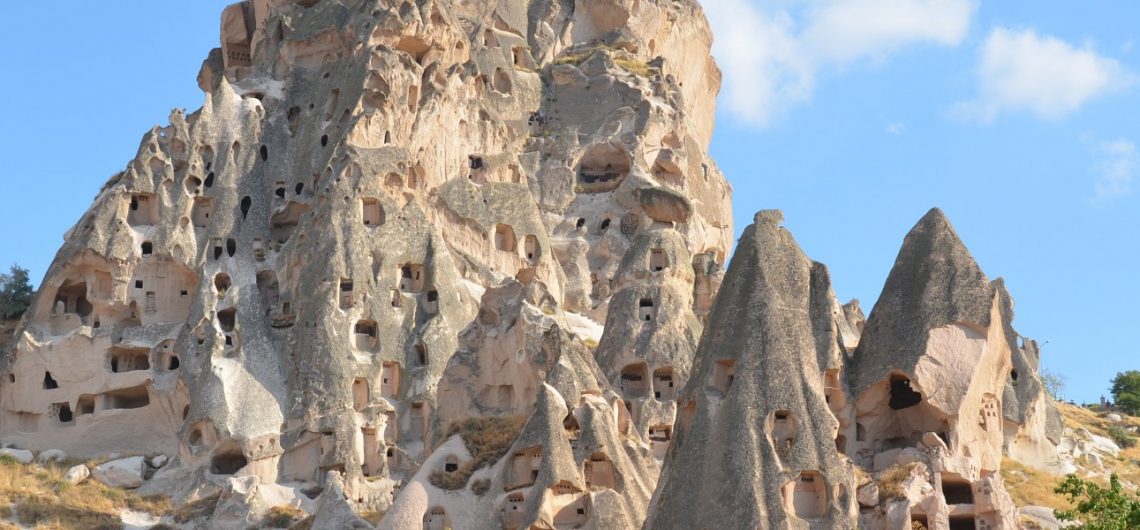We can use the term “11th century Cappadocian Art” interchangeably with Byzantine art. 25% of the existing churches have paintings of this style. Monasticism was spreading fast in the 11th century. Some of the paintings were made by master painters according to the wishes of some rich officials of the Empire. There are a lot of differences between the work of this age and the previous one. The architecture was mostly on a cross plan and decorative style had changed considerably. By joining our Cappadocia Tours, you can see the most important arts in Cappadocia.
Some churches like Direkli Kilise in Belisirma (976-1025) are decorated only with the figures of the Holy People. In this church, the walls, columns, and lapses are full of such paintings. In the entrance St. Anne, Mary and Infant Jesus are seen together. On one of the apse arches, Jesus is represented as the Pontacrator. In the three well preserved “Columned Churches of Göreme” (Elmalı, Karanlık, Çarıklı) Christ is always seen at the central dome with Seraphim and other archangels. In some of the domes, Christ is represented with a short beard or even sometimes without any beard, as the son of a virgin. The frescoes of “Christ the Judge” is one cf the main characteristics of the 11th century. Contrary to these, in any Byzantine church outside of Cappadocia, the Holy Virgin and Christ are always painted on the central dome. 11th-century frescoes seem to be less natural than the Archaic Period paintings. In Göreme there are a series of single-aisle chapels and small-domed, cross plan churches with very primitive decorations and carelessly painted figures of Mary, St. Basil, and the Three Mounted Saints. (St. George, St. Theodore, St. Demetrius.) Most of these crude paintings are directly on the rock. In these churches, architectural details are taken care of and the walls are painted in a manner that gives a feeling that the church is made of bricks. Crosses are painted on several places implying that the church is consecrated. This also indicates the symbolic importance of the cross.

